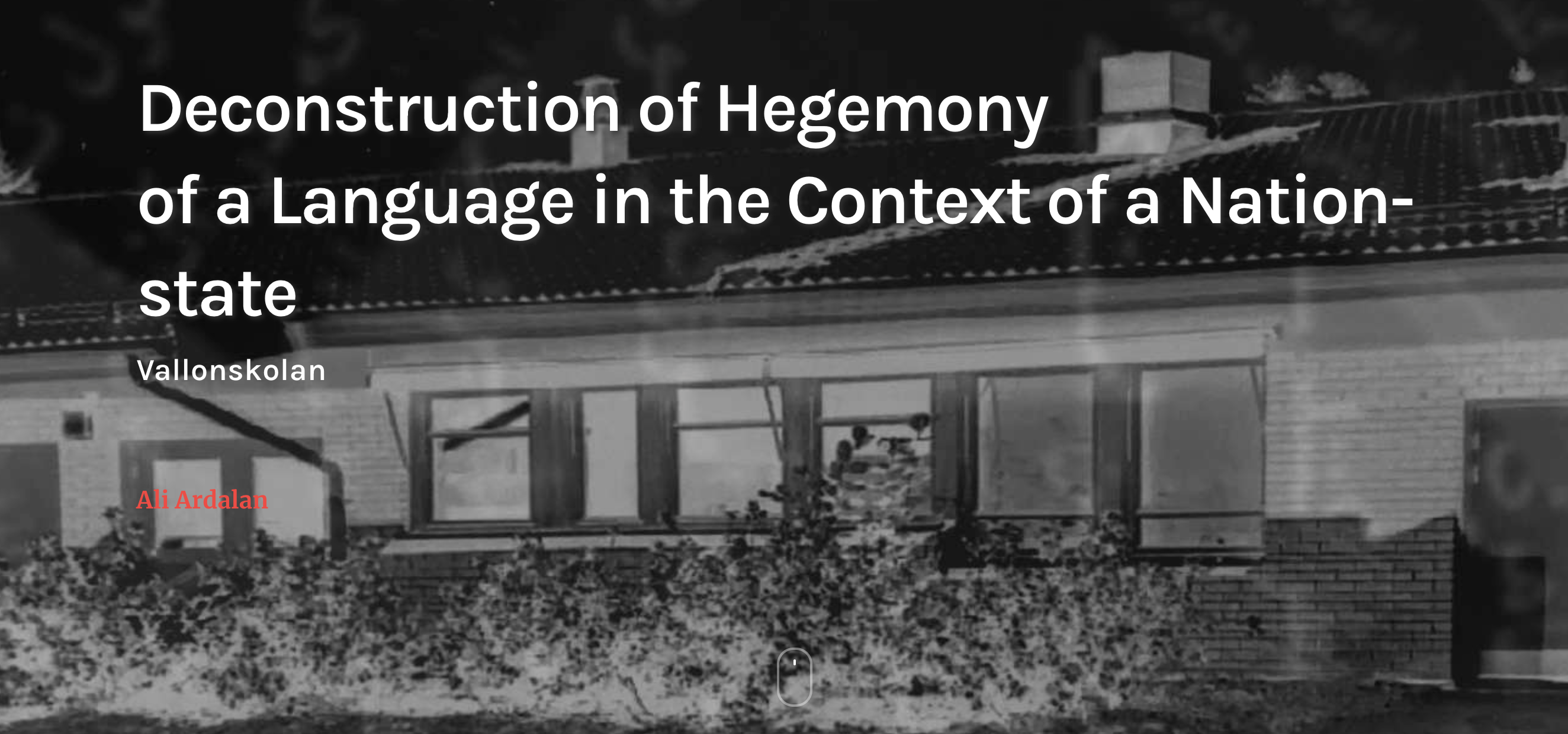
Language policies and educational practices are always situated in relation to wider issues of power, access, opportunity, inequality and, at times, discrimination and disadvantage.[1]
– Stephen May and Nancy Hornberger
Examining Swedish pedagogical policy in terms of teaching the mother tongue in schools prompts commentary on various socio-political issues, such as cultural homogeneity, multiculturalism, and assimilation. I have taught Farsi at various elementary schools in the Uppland region, including Vallonskolan, which is situated just outside Stockholm and close to Uppsala, the fourth largest city in Sweden. I worked at this school from 2015 to 2020 and during this time, I observed how educational and pedagogical policies have changed over the years. Although Sweden was one of the earliest countries to legalize the right to learn one’s mother tongue in the 1960s, this law has not kept up with the changing landscape of transnational mobility, immigration, and integration policies. In recent years, there have been dramatic changes to this law.
{ porosity }
Porosity means the presence of pores, small holes, or cracks in a structure.[1]
Porosity can be a critical question that provides a crack in a solid body and generates a hole in a coherent epistemological system. Porosity can unsettle pre-existing harmony, classification, and categorization in favor of elucidating new ways of seeing, new ways of thinking, and togetherness. Leonard Cohen, in his lyrics for Anthem, writes: “There is a crack, a crack in everything, that’s how the light gets in”.[2] Teaching a minority language within the context of a nation-state can be seen as an act of porosity, seeping into, creating cracks in, and ultimately rupturing the coherence of national identity.
download D.A.A.S. publication